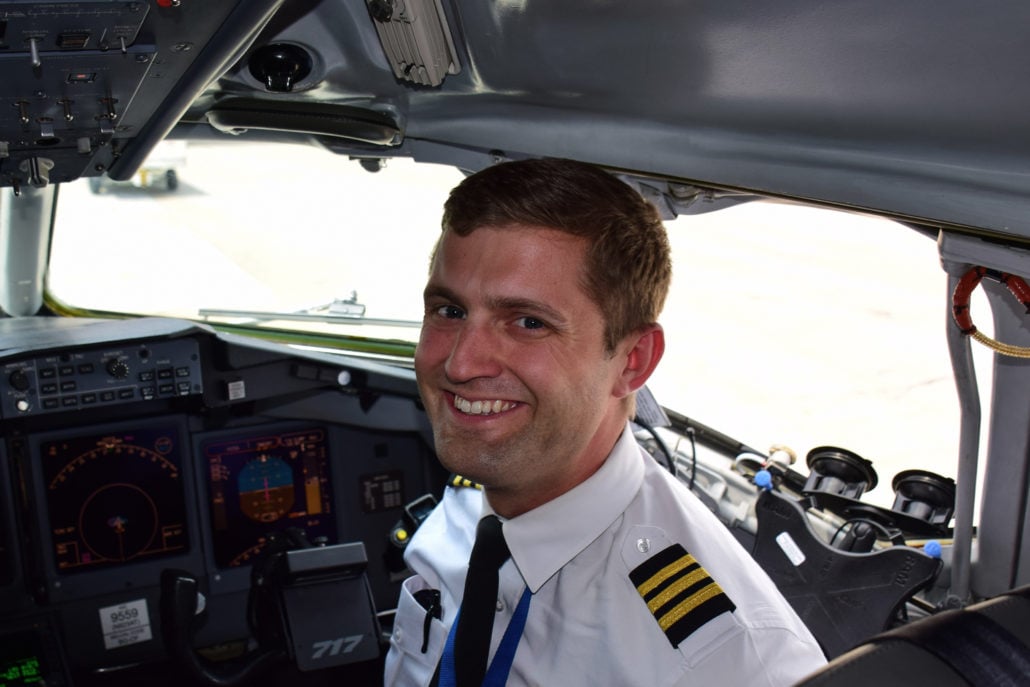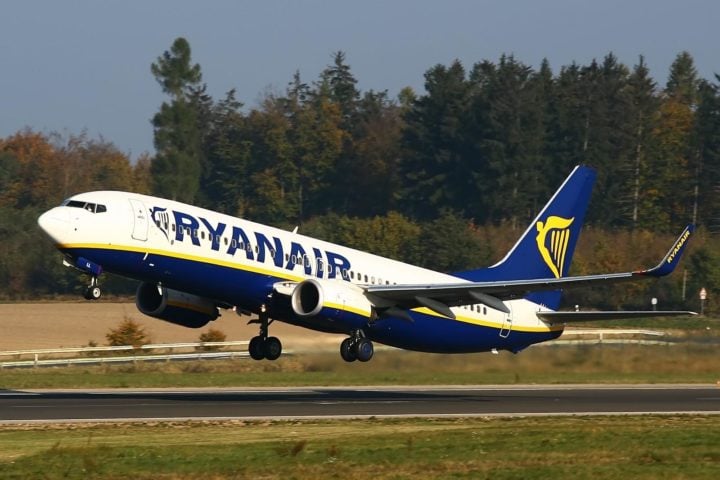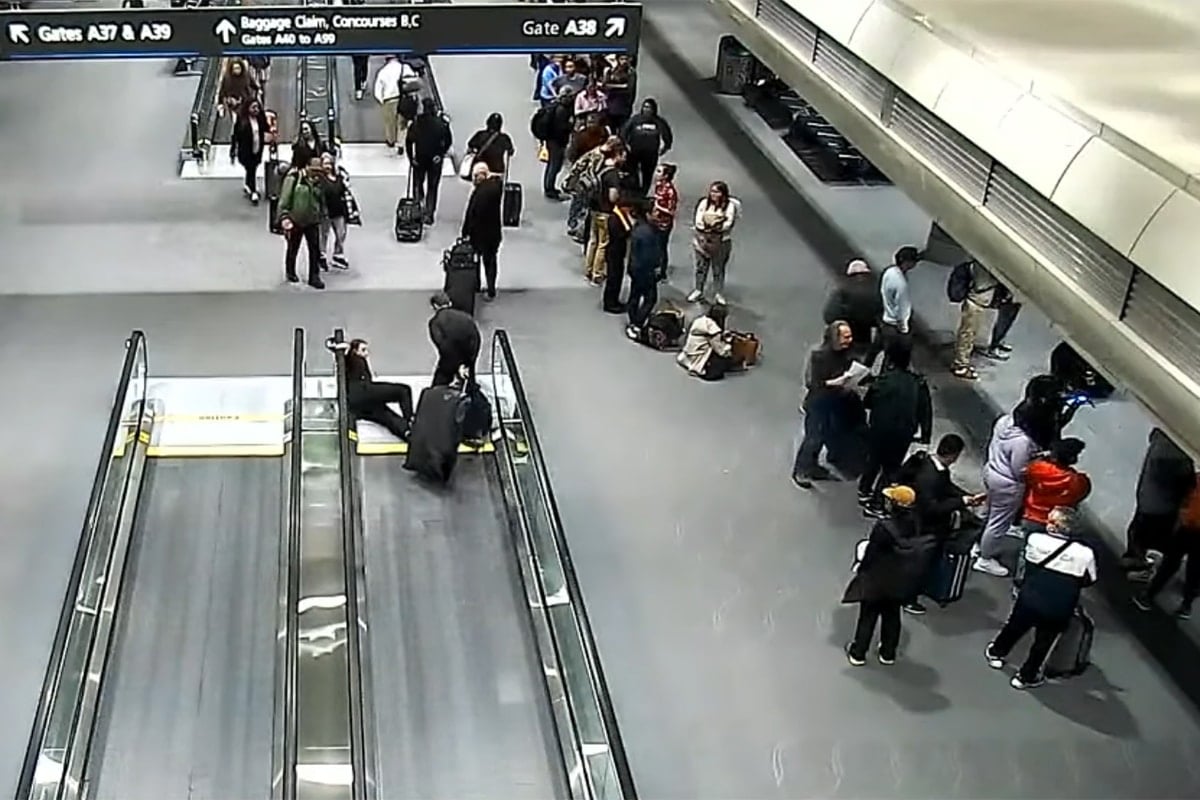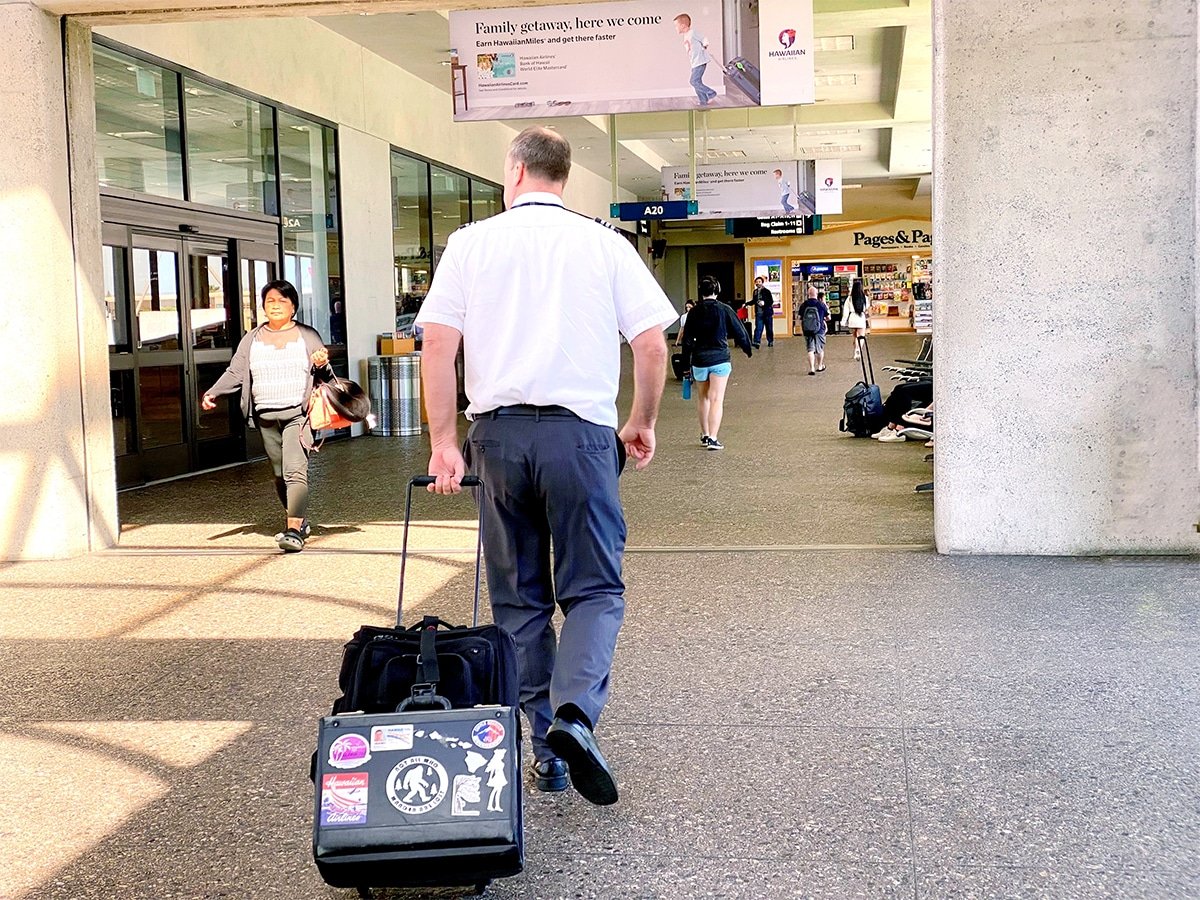
In our Ask a Pilot series, pilot Spencer Marker answers one of your aviation-related questions each week. See past installments here and submit your own to Whitney@johnnyjet.com.
The question
What’s the difference between a low-cost airline and an ultra-low-cost airline?
—Leslie K.
The answer
Hi Leslie! Thanks for writing in this week. The proliferation of ultra-low-cost carriers (ULCC) in the US has somewhat distorted what passengers can expect from their experiences from one airline to the next. The distinction between low-cost carriers (LCC) and ultra-low-cost carriers can blur those lines even further. So below I’ll describe what exactly defines a low-cost airline as compared to an ultra-low-cost airline and what kind of service passengers can expect from each.
What makes an airline low-cost?
While the first low-cost airline flew in 1949, the model was defined by Herb Kelleher and Southwest Airlines, which first flew in 1971. They operated one fleet type (the 737) in a single class configuration and had a simple fare structure. The airline has never offered meals (although domestically today, few airlines do) and does not offer its passengers assigned seats.
Each one of the company’s decisions was made to pare back “frills” or extras that consumers were just given for free on larger airlines. These conscious choices were made to make their product as cost-effective as possible, and therefore their fares low. Southwest’s choice of a single fleet type simplifies crew training and lowers maintenance costs, as the airline only has to stock parts for one aircraft type. Additionally, the airline flew into secondary airports where the landing and servicing fees are cheaper. Destinations such as New York would be served by flying into underserved Islip Airport on Long Island. Their services into Chicago land at Midway Airport, instead of larger O’Hare to the north. These savings allowed fares much cheaper than other large airlines at the time.
Airplane trivia:
Southwest is famous for its 737-only fleet! However, it operated one other aircraft type in its history. What airplane was it? Add your guesses to the comments below!
While Southwest has kept its costs low, it has one of the highest customer satisfaction ratings in the industry. Nonetheless, following a visit to Southwest Airlines in the early 1990s, one airline executive realized that you could cut the extras even further.
What is the difference between low-cost and ultra-low-cost?
Ryanair has defined the ultra -ow-cost model in Europe just like Southwest defined low-cost in the US. After years of financial difficulties, Ryanair CEO Michael O’Leary was determined to turn the airline around by transitioning to a low-cost model. He was inspired by Southwest’s success but saw opportunities to further define low-cost in Europe.
His airline is now famous (or infamous, as some think) for paring back all the frills in an effort to move people as cheaply as possible from one place to the other. In addition to employing a single fleet and secondary airports like Southwest, the airline has taken further steps to reduce costs.

On the airplane, passengers will find a tight cabin designed to fit the maximum the number of passengers allowed by the manufacturer. This comes at the expense of passenger leg room. Additionally, it has cut other creature comforts. Its seats do not recline and there are no seatback pockets. Instead, safety cards are printed on the back of the seat, and lifejackets are in the overhead bins. This saves on seat maintenance and cleaning costs.
Passengers will also have to navigate a series of fees to fly on Ryanair, as nothing is included in the basic airfare. All onboard services, including both snacks and beverages, are buy-onboard. A complete list of Ryanair’s fees can be found here. Despite the perceived nickel-and-diming, the airline has found a loyal following of passengers who wish only to get to their destination as cheaply as possible.
The expansion of ultra-low-cost airlines in the US has led to many unhappy consumers expecting a full service experience for cheap. Instead, they were greeted with the numerous fees and somewhat cramped seating that has made the ultra-low-cost model so successful in Europe. Airlines like Spirit, Allegiant and Frontier have proliferated and fares in markets they’ve entered have plummeted. Their success has been so dramatic that major airlines like Delta, Untied and American have introduced a fare class below economy to lure more cost-sensitive passengers. Despite this, through personal experience, I have found the ultra-low-cost airlines to be safe and cheap, if not always totally comfortable.
To sum up
Thanks for your question, Leslie. The growth of ultra-low-cost airlines in the US has certainly brought cheap air travel to people who may not have considered flying before. It has also created some heartache from folks who were expecting full-service convenience at rock-bottom prices. While the using low-cost and ultra-low-cost airlines is a great way to save money on your next vacation, it’s important to know exactly what you’re getting. And more importantly, what you’re not.
Thank you so much Leslie! Do you have a story from a LCC or ULCC? If anyone has a burning aviation question or something you would like cleared up, drop us a line at Whitney@johnnyjet.com to get your question featured in an upcoming Ask a Pilot column.
Tailwinds,
—Spencer







